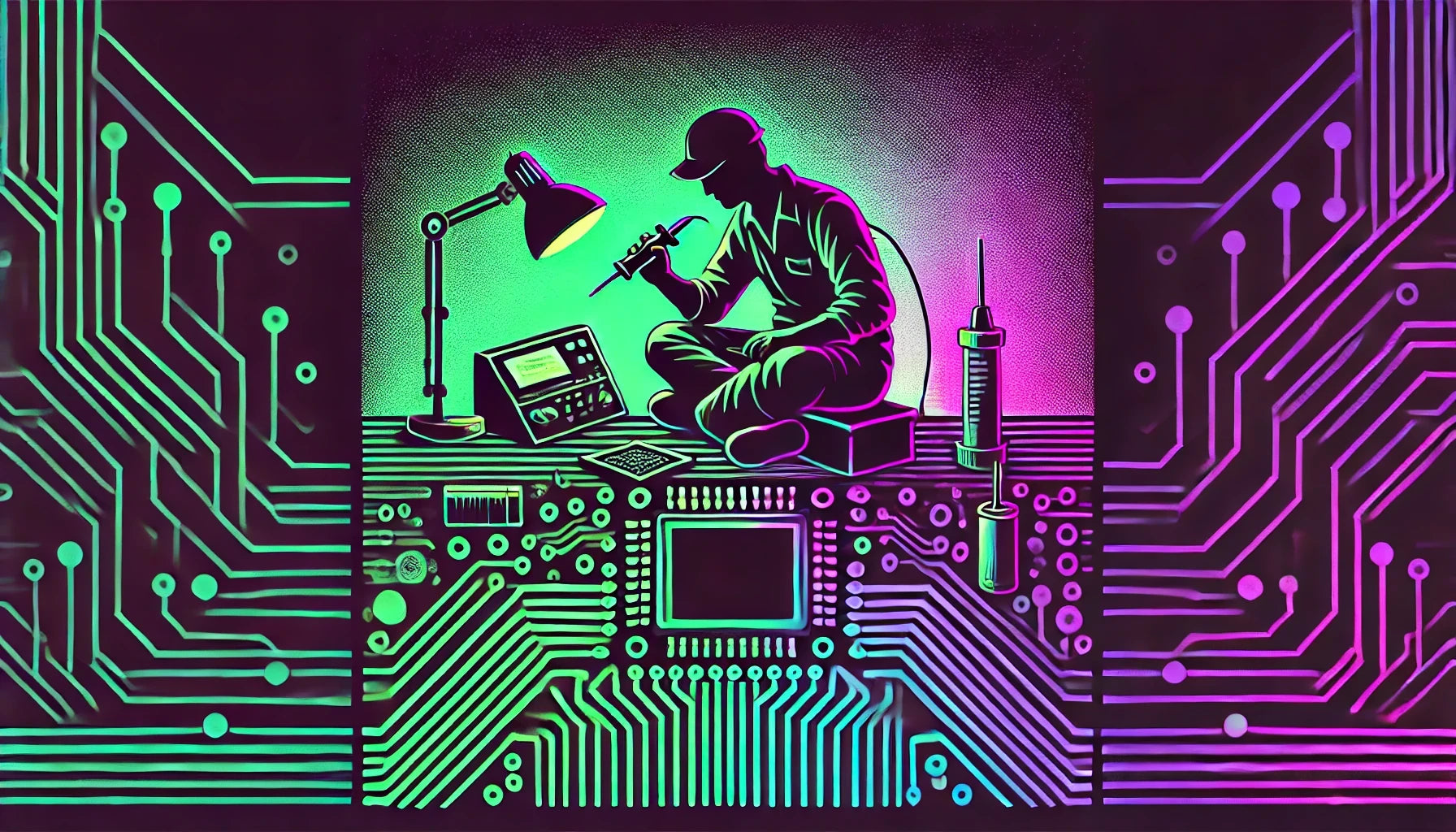No Pointer-Down Event Before Pointer-Up Error in Flutter
In Flutter's gesture system, a "No pointer-down event before pointer-up" error indicates an inconsistency between the sequence of pointer events. Flutter expects to handle input events (such as touches or clicks) in a specific sequence starting with a pointer-down, followed by pointer-moves, and finally a pointer-up. If a pointer-up event is detected without a preceding pointer-down event, Flutter generates this error.
Understanding Flutter's Gesture System
- Flutter processes touch and pointer inputs through its gesture recognition system, which tracks touch/pointer sequences.
- This system includes a tree of gesture recognizers that interpret sequences of pointer events, helping Flutter know when to start, update, or end contact points like taps, long presses, or drags.
Event Sequence Validation
- Valid pointer sequences usually consist of one or more pointer-down events, optional pointer-move events, and a concluding pointer-up or cancellation event.
- A pointer-up event implies that a corresponding pointer-down event occurred earlier, followed potentially by an optional move sequence.
Why This Error Matters
- The error is crucial as it highlights out-of-order or missing events, possibly leading to unpredictable UI behavior or gesture misinterpretation.
- Ensuring proper event sequences is essential for a reliable user interaction experience, which is especially important for interactive applications relying on touch input.
Typical Event Sequence
void onPointerEvent(PointerEvent event) {
if (event is PointerDownEvent) {
// Handle pointer down.
} else if (event is PointerMoveEvent) {
// Handle pointer move.
} else if (event is PointerUpEvent) {
// Handle pointer up.
}
}
This sequence ensures each PointerUpEvent has an earlier corresponding PointerDownEvent. Custom gesture handling in Flutter is based on tracking and responding to this sequence correctly.
Debugging This Issue
- Log each pointer event in the gesture handling code to trace the specific sequence and identify missing or out-of-order events.
- Check asynchronous or indirect code paths which might inadvertently alter the expected order of events, for example, interactions with asynchronous data streams or network requests.
In conclusion, understanding and monitoring the sequence of pointer events is crucial in Flutter applications. An error like "No pointer-down event before pointer-up" acts as a safeguard against such unintended sequences, ensuring accurate and responsive user interfaces.

























